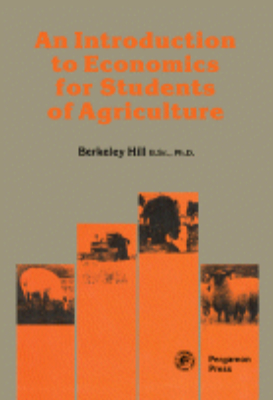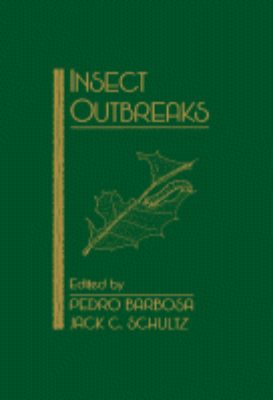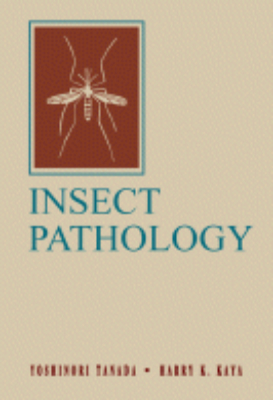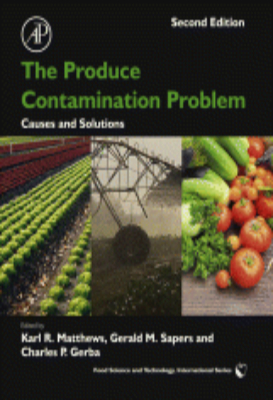Small Animal Surgery Secrets
“Focused and concise, yet comprehensive in scope, this completely revised and updated reference provides essential, practical information in the highly popular question-and-answer format of the Secrets Series. In over 100 chapters, the authors ask and answer a series of key questions that routinely confront the veterinarian on the front lines of small animal care. Major sections include General Concepts, Soft Tissue Surgery, Orthopedic Surgery, Neurosurgery, Oncologic Surgery, and Dental Surgery. Key Features. Concise answers with valuable pearls, tips, memory aids, and “”secrets””. 105 succinct chapters in surgery by nationally recognized experts. Bulleted lists and tables for quick review. Thorough, highly detailed index”
| Publication Language |
English |
|---|---|
| Publication Access Type |
Premium |
| Publication Author |
* |
| Publisher |
Elsevier |
| Publication Year |
* |
| Publication Type |
ebooks |
| ISBN/ISSN |
* |
| Publication Category |
Animal Science |
Kindly Login to ICAR Digital Library Portal.











